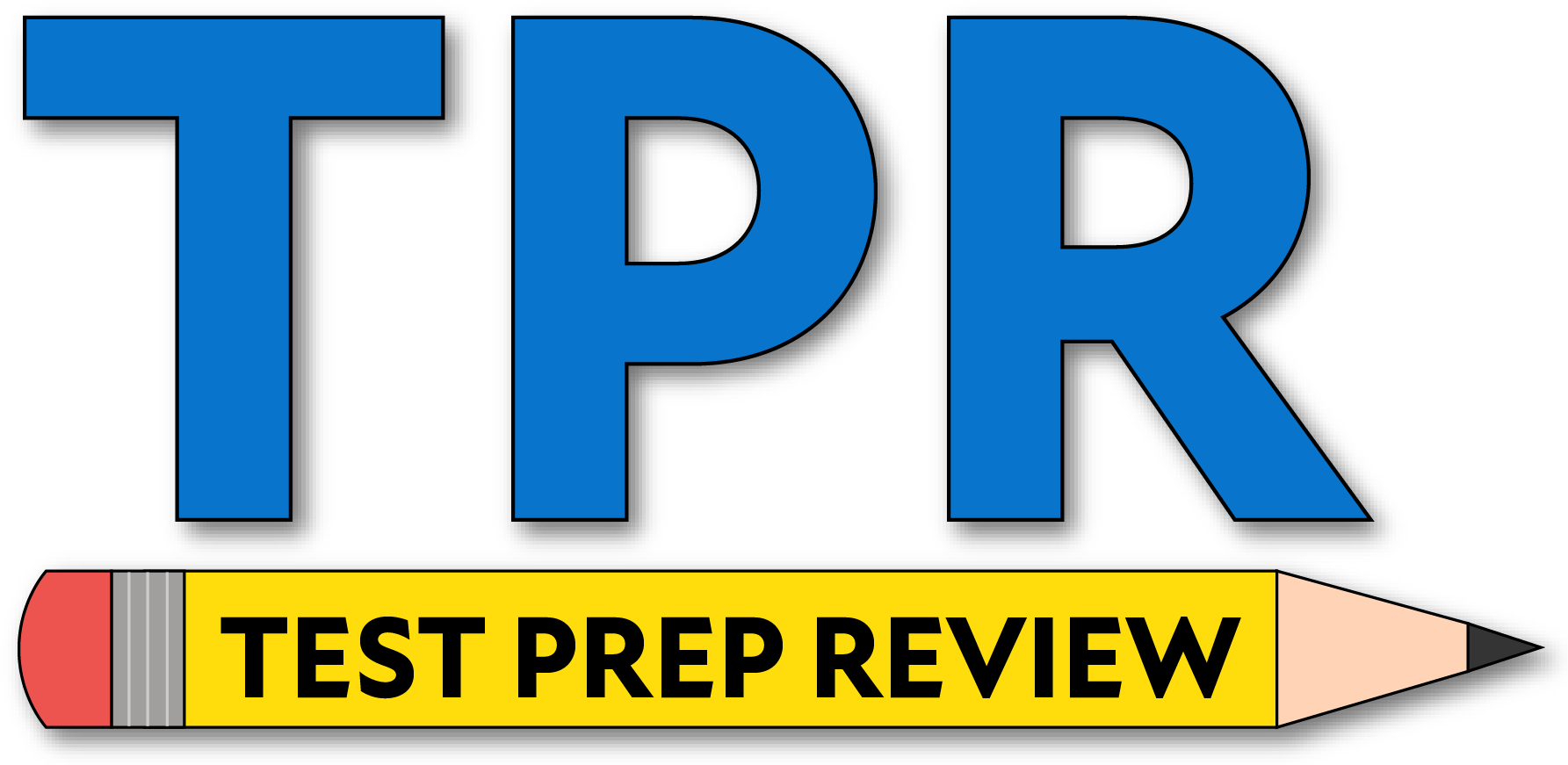- In addition to inspecting spare electrical fuses, three red reflective triangles, and a properly charged and rated fire extinguisher, school bus drivers must also inspect the following emergency equipment:
- Three red burning flares and safety belts in all seats
- Three red burning flares and a nine-item first-aid kit
- Three flares of any type and isopropyl alcohol
DOT-approved burning flares and a first-aid kit are required. Alcohol and seat belts in every seat are not considered emergency equipment.
- A school bus driver must check the alternately flashing amber lights indicator (if equipped), alternately flashing red lights indicator, and the strobe light indicator (if equipped).
- True
- False
These systems signal traffic during loading/unloading. They must be verified prior to operation.
- School bus drivers must inspect the following external lights and reflectors:
- Strobe light (if equipped) and stop arm light (if equipped)
- Alternately flashing amber lights (if equipped)
- Alternately flashing red lights
- All of the above
All external school-bus warning lights must be functional for safe student loading and unloading.
- If equipped, the stop arm should be mounted securely to the left front window of the school bus.
- True
- False
The stop arm is mounted externally on the left side of the bus body—not attached to a window.
- Check that the entry door is not damaged and:
- Operates smoothly and closes securely from the inside
- Operates smoothly and closes securely from the outside
- Operates smoothly and closes securely from a remote location
The driver must be able to operate and latch the entry door from inside the bus.
- Should handrails and the stoplight be checked during a pre-trip inspection?
- Yes
- No
Handrails must be secure and lighting used for passenger safety must function properly.
- On a pre-trip inspection for a bus, the passenger entry should be checked for:
- Door operation, hand and foot rails, and handicap lift
- Door operation, hand rails, entry step condition, and brake condition
- Door operation, hand rails, entry step condition, and handicap lift (if equipped)
Inspect all passenger access points; wheelchair lifts are only checked if the bus has one.
- You should do which of the following when checking a handicap lift?
- Check for leaking, damaged, or missing wheelchairs.
- Check for leaking, damaged, or missing parts, and demonstrate proper operation. The lift must be fully retracted and latched.
- Check for leaking, damaged, or missing parts, and demonstrate proper operation. The lift must be 25% retracted.
Lifts must be inspected thoroughly and stored fully retracted and latched to prevent movement during transit.
- All emergency exits must not be damaged, must operate smoothly, and must close securely from the outside.
- True
- False
Emergency exits must be operable and secure from the inside (primary egress direction). Some doors may not latch from outside.
- Check all emergency exits and show that:
- They are not damaged, operate smoothly, close securely from inside, and warning devices work
- They are damaged but operate smoothly, and warning devices work
- All interior and exterior devices operate in unison
Exits must be safe, smooth, secure, and tied to warning buzzers/switches that alert the driver.
- You should check for broken seat frames and ensure seat frames are firmly attached to the floor.
- True
- False
Loose frames can injure riders during sharp turns or sudden stops.
- Should you check passenger-exit mirrors?
- Yes
- No
Passenger mirrors allow the driver to monitor the loading/unloading zone—high-risk area.
- During the external inspection of a coach or transit bus, you should check that:
- The vehicle is sitting level side-to-side, and if air-equipped check for water leakage
- The vehicle is not sitting level, and check for air leaks
- The vehicle is sitting level front-to-rear, and if air-equipped check for audible air leaks from the suspension
A level stance indicates proper suspension function; hissing air suggests an air-system failure.
- A compartment check includes:
- Ensuring baggage and exterior compartment doors are undamaged, operate properly, and latch securely
- Ensuring all compartment doors match in color
- Ensuring every passenger brings baggage
Loose exterior doors are dangerous and may damage the bus or other vehicles.
- A battery/box check includes securing the battery, verifying tight connections, and ensuring cell caps are present. Additionally:
- Battery connections should show excessive wear
- Battery connections should not show corrosion, but the battery box cover is unimportant
- Battery connections should not show corrosion, and the battery box cover should be undamaged and secure
Connections must be protected from corrosion; the battery box prevents exposure to heat, debris, and accidental contact.
